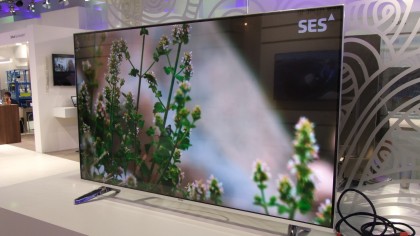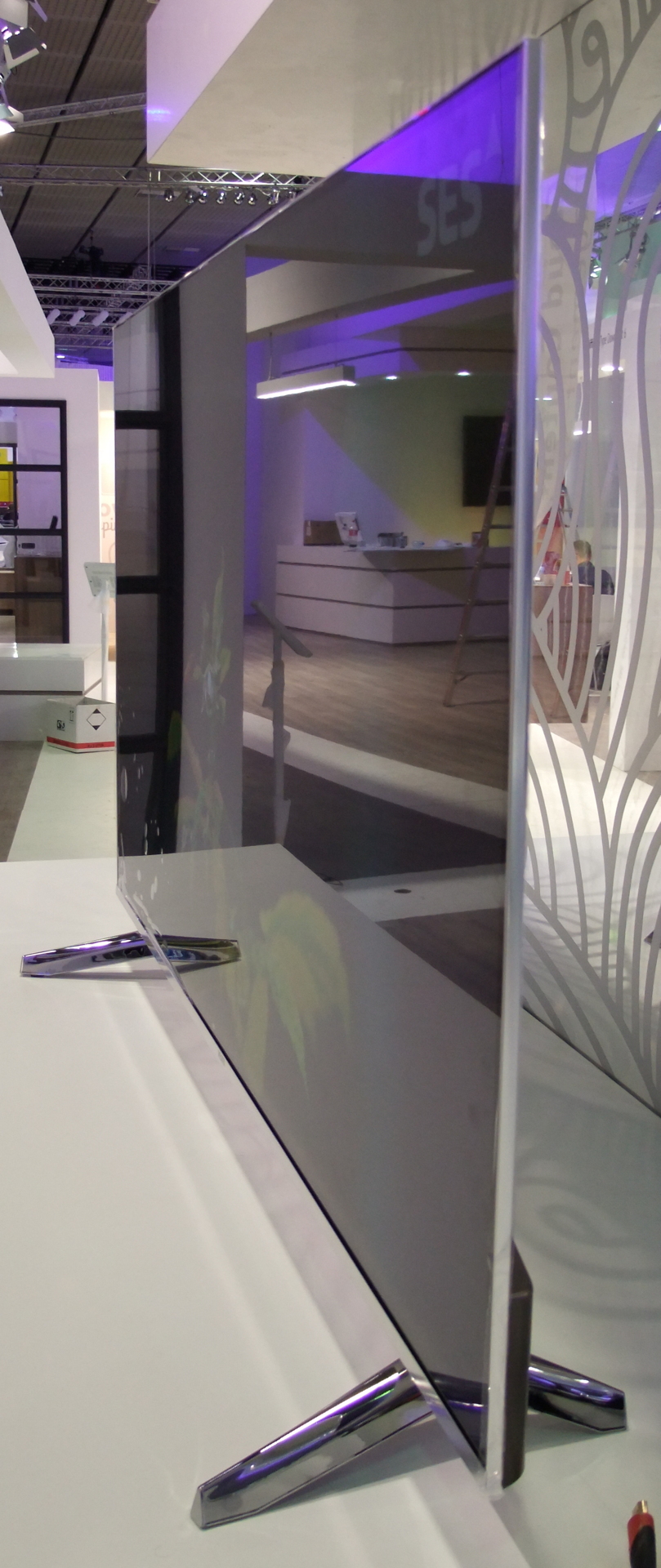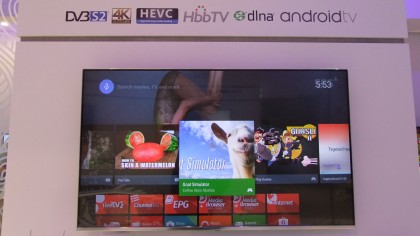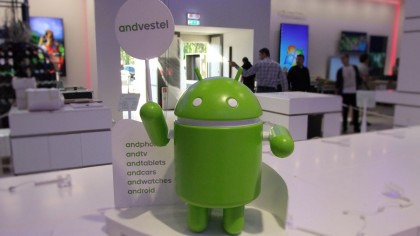How Vestel could raise the bar for entry-level TVs
With a plethora of new TV tech, it's set to shape the future of the mainstream TV market.

Vestel might well be the biggest television producer that you've never heard of.
And even if you have heard of the huge Turkish tech giant you might just think of it as a basic high-volume, low-quality producer of supermarket brand TVs and little else.
That though could become an increasingly unfair perception given the rapid rate of its technological advances.
So, while Vestel is definitely focused on hitting cost-effective, volume TV production, it's not simply bringing in cheap panels from the East and swaddling them in plastic. Vestel is committed to bringing a whole host of top TV technology from the high-end down into the mainstream, from 4K curves, HDR, OLED, Android TV sets and 8K panels.
That's not necessarily what you might expect from the OEM company behind entry-level televisions from the likes of Argos and Tescos as well as some of the biggest names in TV.

Old school
Vestel is currently the largest manufacturer of televisions in Europe and that also makes it one of the biggest TV manufacturers in the world. Founded in 1984 the Turkish company has long been committed to creating high volume goods, but has always had an eye towards the future.
It was early in switching from CRT to LCD, seeing the writing on the wall for the hulking great TV cabinets. Vestel didn't wait for the slow, lingering death of CRT.
Sign up for breaking news, reviews, opinion, top tech deals, and more.
"We were the biggest European CRT producer at the time LCD was coming along," explained Vestel's TV Product Designer, Burak Emre Altinordu, to us recently. "And the marketing guys came up with some tables - 'in five years time CRT will fade and LCD will be all.' In six months the CRT was gone; we just trashed all the cabinets."
And Vestel has moved a long way from from just putting those cabinets around whatever display it's putting inside them.
"About ten years ago we were just taking the panel and covering it," said Altinordu. "Right now we doing everything with these TVs, apart from the cell itself. We have know-how for TVs now."
Modular
Vestel's latest prototype range - which it was displaying at this year's IFA show and demonstrating to prospective clients - is its new modular design TVs. The idea is to make the panel the centrepiece in a modular design ethos.

That enables Vestel to create a single panel design, with whatever finish or surrounds is preferred for the slimline bezel, and then fit the rest of the electronics around it with different feature sets.
"Previously with TVs you take the panel and put the front cabinet and back cabinet on like a sandwich. Right now all you see is the panel itself," said Altinordu.
The electronics - image processing, inputs and audio - are then added in behind the modular screen. "The television is going in like a cartridge. It's very economical and you can create very cost-effective products."
But it's not just the outward design that Vestel is committed to, it is also looking to bring the latest TV technologies down into the mainstream with its high-volume production facilities.
"We are following all the panel technologies. We are also collaborating with Samsung and LG together," explained Altinordu. "We are competitors, but also work together."
Mainstream OLED
That could explain how Vestel has already developed a new quantum dot panel, along the same lines as the Samsung Nano-Crystal filter it has been putting in front of its SUHD panels this year.
Vestel's version will hit the market early in 2016, so long as its customers bite. Later in the year its high dynamic range (HDR) panels will become available to its clients too.
Arguably more interesting than the introduction of those too top technologies though is the news Vestel is looking to follow its quantum dot lineup with genuine OLED panels the following year, in early 2017. We'd expect that to be a result of its collaboration with LG to try and proliferate the technology it's already sampled to Panasonic for its OLED TV.
The difference is that Vestel will be creating high-volume versions and that could mean OLED televisions at far lower price points, and in much greater numbers, than anyone really thought possible.
But whether we actually see all this advanced tech in re-branded Vestel-made TVs is all down to the whims of its wide customer base.
Because it's selling indirectly to customers, creating hardware for other brands as an expansive OEM manufacturer, all it can do is create the products and hope there is a demand there from its own customers.

It's a two-way street though - as well as creating new products it hopes will entice the brands to re-badge its TVs, Vestel also has to listen to what they want created. It's for this reason Vestel is following the fashion for ultra-thin bezels - audio be damned - as well as why it's got a wide range of curved TVs in production and design too.
We may not be hugely convinced about the benefits of the curve - and we're not entirely sure Vestel is either from our dealings - but it's something people want, arguably for aesthetics more than anything else.
But reacting to demand is what Vestel has to do as an OEM manufacturer and so it has 55-inch curved TVs in production now, with a 65-inch and beefy 78-inch panels being readied for production early next year.
So if you see some big-screen curves cluttering up the shelves of your local supermarket in the Spring you know who to blame. That's right, yourselves…
The 'droids you're looking for?
Vestel isn't just chasing down top hardware technology though, it's also working hard on the software side as TV's are expected to be ever smarter.
"The television is becoming more than it was in previous years," said Altinordu.
Vestel is the first OEM manufacturer to partner with Google to bring Android TV to the mainstream - all the other Android TV guys are the branded manufacturers like Sony, Philips and Hisense.

Interestingly it wasn't Vestel who went to Google, but the other way around. "Google is requesting from us," explained Altinordu, "we're such a big TV producer and they want their product on them."
It makes total sense for Google. If it can get a higher volume of Android TVs out in front of the public, in the shape of cost-effective OEM TVs, then it gains ever greater market share from the likes of Firefox OS and webOS on Panasonic and LG respectively.
So, while you may not necessarily know who Vestel is, the work it's putting in right now to get today's top TV tech out into the mainstream is something that could benefit us all.